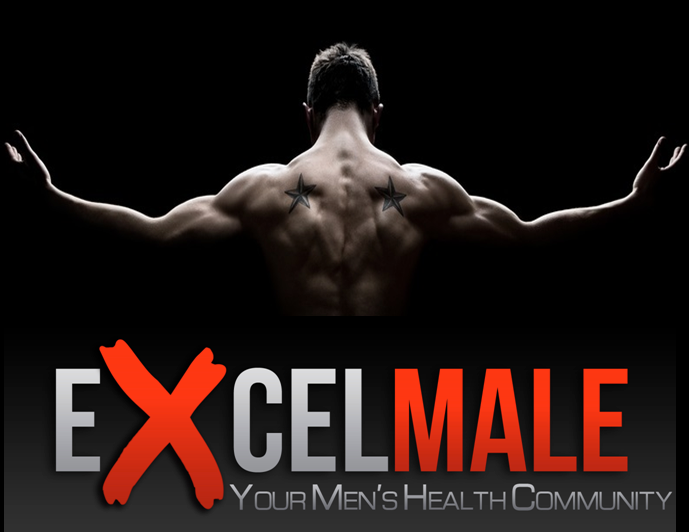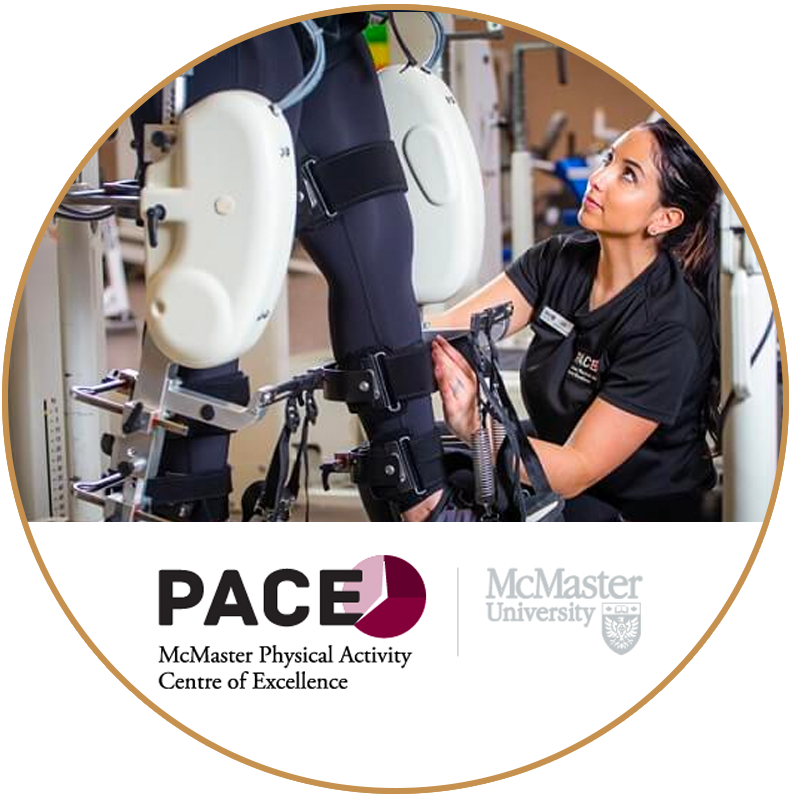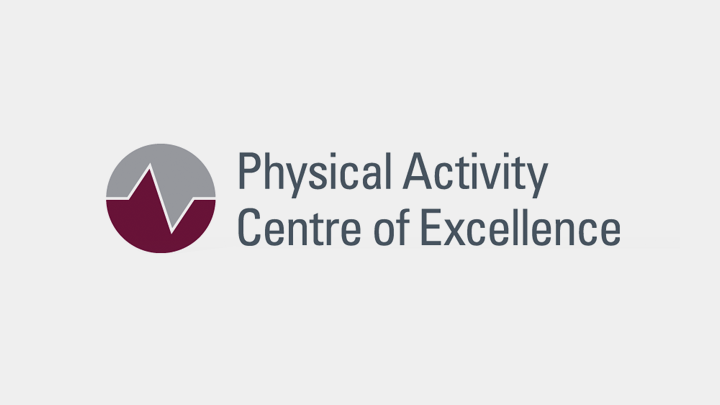Steeltown!
Stuart Phillips, PhD, is a professor of kinesiology at McMaster University in Hamilton, Ontario, Canada, where he also serves as the director of the Physical Activity Centre of Excellence.
His research centers on the roles exercise and nutrition play in influencing human skeletal muscle protein turnover and how these lifestyle factors influence body composition, especially as we age.

*Is it necessary to cycle your workout around your menstrual cycle ?
*Do we need to lift heavy in order to make changes in our body composition?
*Can we do body weight only or high reps only?
*What is progressive overload and how do we do it?
*How much protein do we actually need and is it really that important?
Stuart Phillips, PhD, is a professor of kinesiology at McMaster University in Hamilton, Ontario, Canada, where he also serves as the director of the Physical Activity Centre of Excellence.
His research centers on the roles exercise and nutrition play in influencing human skeletal muscle protein turnover and how these lifestyle factors influence body composition, especially as we age.
- 00:01 ️ Introduction of Dr. Stuart Phillips and discussion on his background and expertise
- Dr. Stuart Phillips introduces himself as a professor in the department of kinesiology at McMaster University in Canada.
- Discussion on his research focus, including skeletal muscle, aging, and physical activity for various populations.
- 02:42 Community center for physical activity and discussion on cardiac rehabilitation
- Description of the Physical Activity Center of Excellence, a community access center for various populations.
- Explanation of the cardiac rehabilitation program and its role in supporting individuals' health and wellness.
- 07:26 Connecting through social media and discussion on women's fitness and menstrual cycle
- Story of connecting with Dr. Stuart Phillips through social media and mutual interests in women's fitness.
- Discussion on misconceptions about exercising around the menstrual cycle and the lack of scientific evidence supporting phase-specific training.
- 16:46 ️
 Lifting heavy vs. high-rep lifting for muscle gain
Lifting heavy vs. high-rep lifting for muscle gain- Exploration of the importance of resistance training for overall health and muscle development.
- Addressing the misconception around the necessity of lifting heavy weights and discussing the benefits of lighter weights and higher repetitions for muscle growth.
- 20:11 ️
 Weightlifting: Heavy vs. Light
Weightlifting: Heavy vs. Light- The debate between heavy lifting and lighter weights for muscle building and strength.
- Heavy lifting is essential for strength gains but not necessary for muscle growth.
- Lifting lighter weights with higher volume can still lead to muscle hypertrophy and offer other health benefits.
- 26:11 Consistency over Intensity
- Emphasizing consistency in workouts over high-intensity training.
- Prioritizing long-term sustainability and injury prevention.
- Finding enjoyment in workouts to maintain consistency and adherence to a fitness regimen.
- 29:12 Progressive Overload in Training
- Discussing the concept of progressive overload beyond just increasing weight.
- Progression can involve increasing sets, frequency of workouts, or volume lifted.
- Adapting workouts to challenge oneself while maintaining consistency and avoiding boredom.
- 36:32 Nutrition for Fat Loss and Muscle Gain
- Importance of caloric deficit for fat loss and caloric surplus for muscle gain.
- Focus on high-quality weight loss, preserving muscle mass during fat loss.
- Protein intake recommendation of around 0.7-1 gram per pound of body weight for optimal muscle growth.
- 40:38 Importance of consistent weightlifting
- Consistency in weightlifting is key for muscle growth and strength.
- 43:10 Breakfast as a crucial meal for protein intake
- Breakfast plays a significant role in kickstarting the protein synthesis process.
- Adding protein-rich foods like eggs or Greek yogurt to breakfast can boost overall protein consumption for the day.
*Is it necessary to cycle your workout around your menstrual cycle ?
*Do we need to lift heavy in order to make changes in our body composition?
*Can we do body weight only or high reps only?
*What is progressive overload and how do we do it?
*How much protein do we actually need and is it really that important?
















